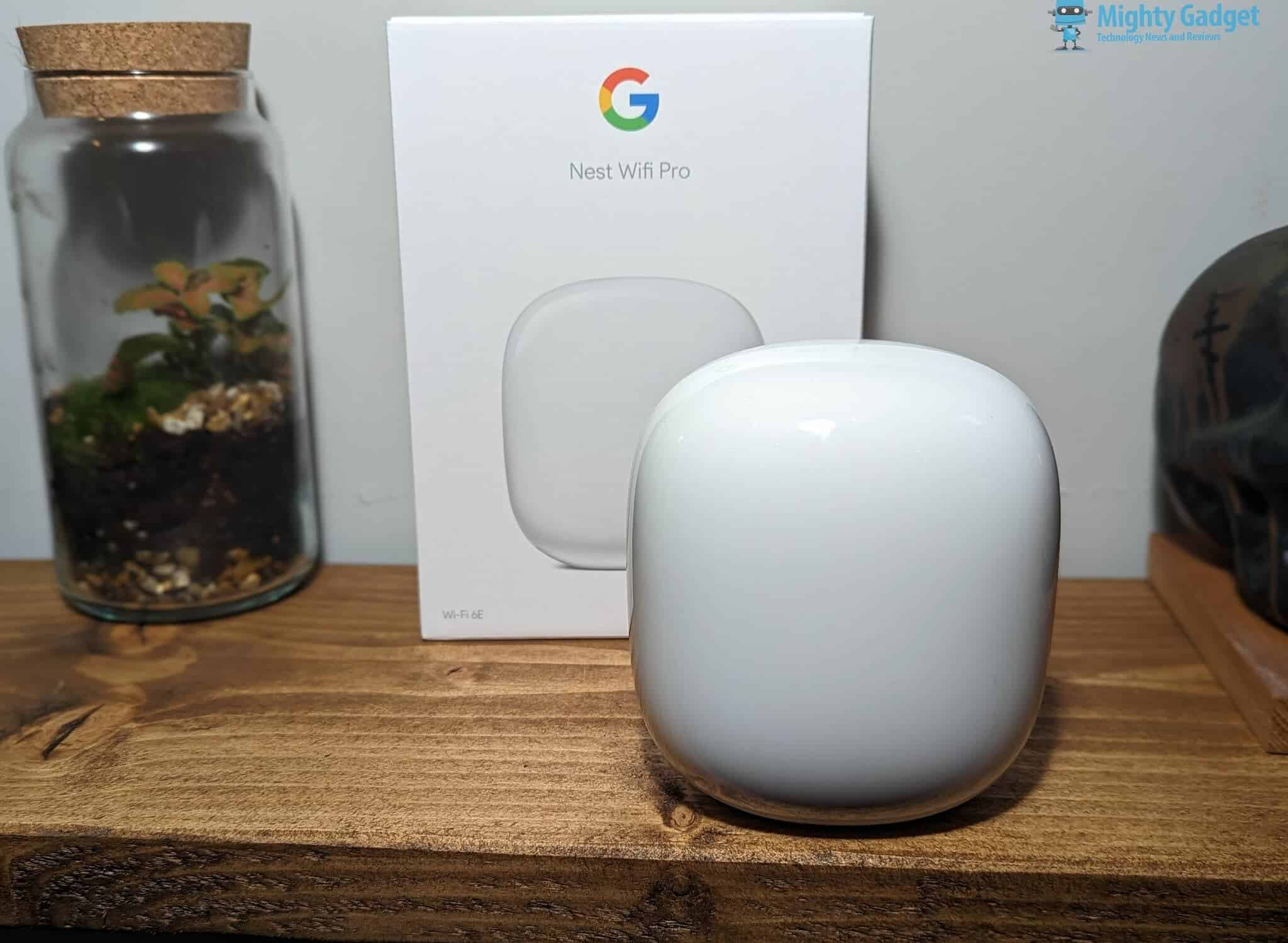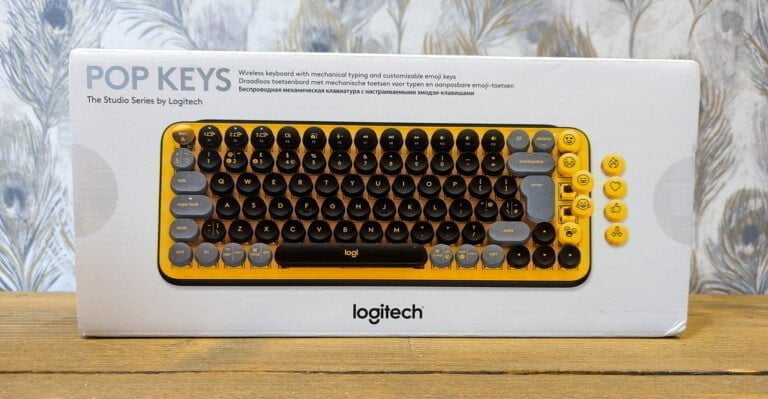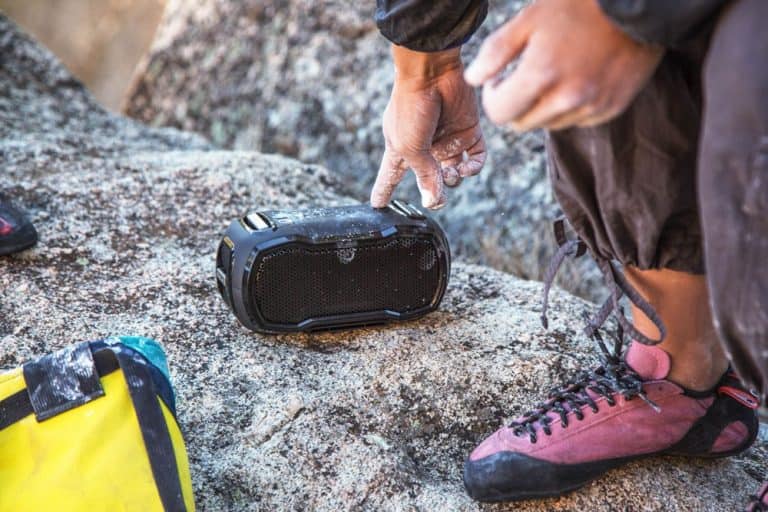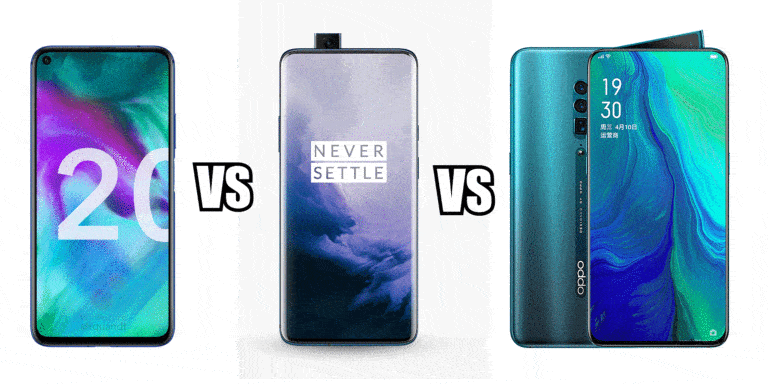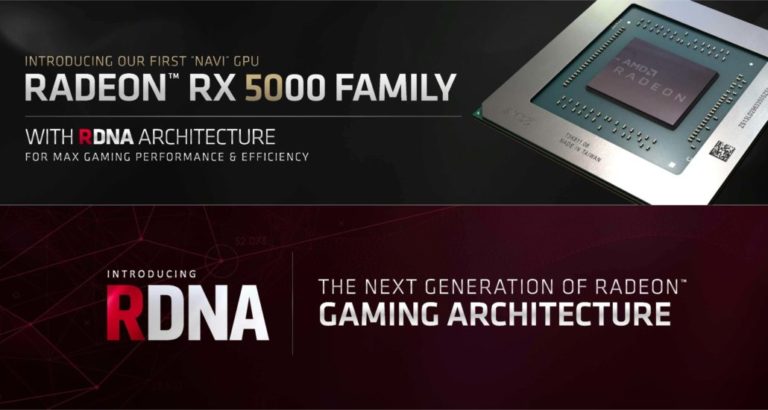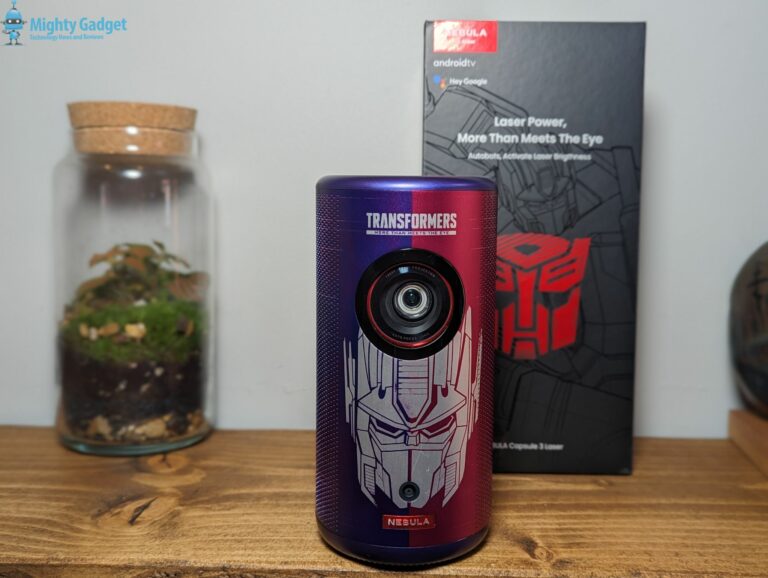Any links to online stores should be assumed to be affiliates. The company or PR agency provides all or most review samples. They have no control over my content, and I provide my honest opinion.
If you are interested in smart home technology, you may be aware of the new smart home communication standard Thread, which will likely replace Zigbee over time.
To use Thread devices, you will need a Thread Border Router, but these are not likely your normal smart home hubs. Many smart home devices can be a Thread Border Router, and the available options will likely increase significantly over the next couple of years.
So what Thread Border Routers are available?
I will go over some of the technology first and then list the available options.
A Quick Recap: What is Thread?
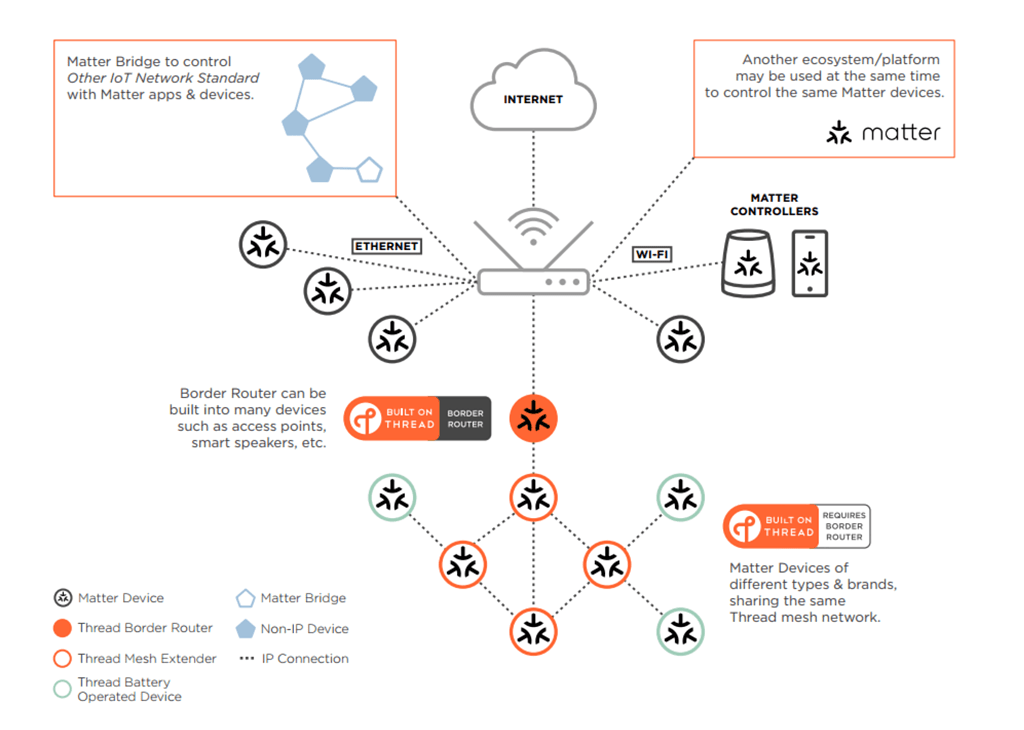
Thread is a low-power, wireless mesh networking protocol designed primarily for connecting smart home devices and ensuring seamless, reliable communication between them. Developed by the Thread Group, it’s known for its security, scalability, and reliability. Unlike point-to-point wireless systems, in a mesh network like Thread, devices interconnect directly, allowing data to take multiple paths. This ensures if one device fails, the network can self-heal by finding another route for data transmission. Thread also integrates well with the Internet Protocol (IP), making it easier for smart devices to connect to cloud services and other IP-based technologies.
Thread vs Zigbee vs Matter
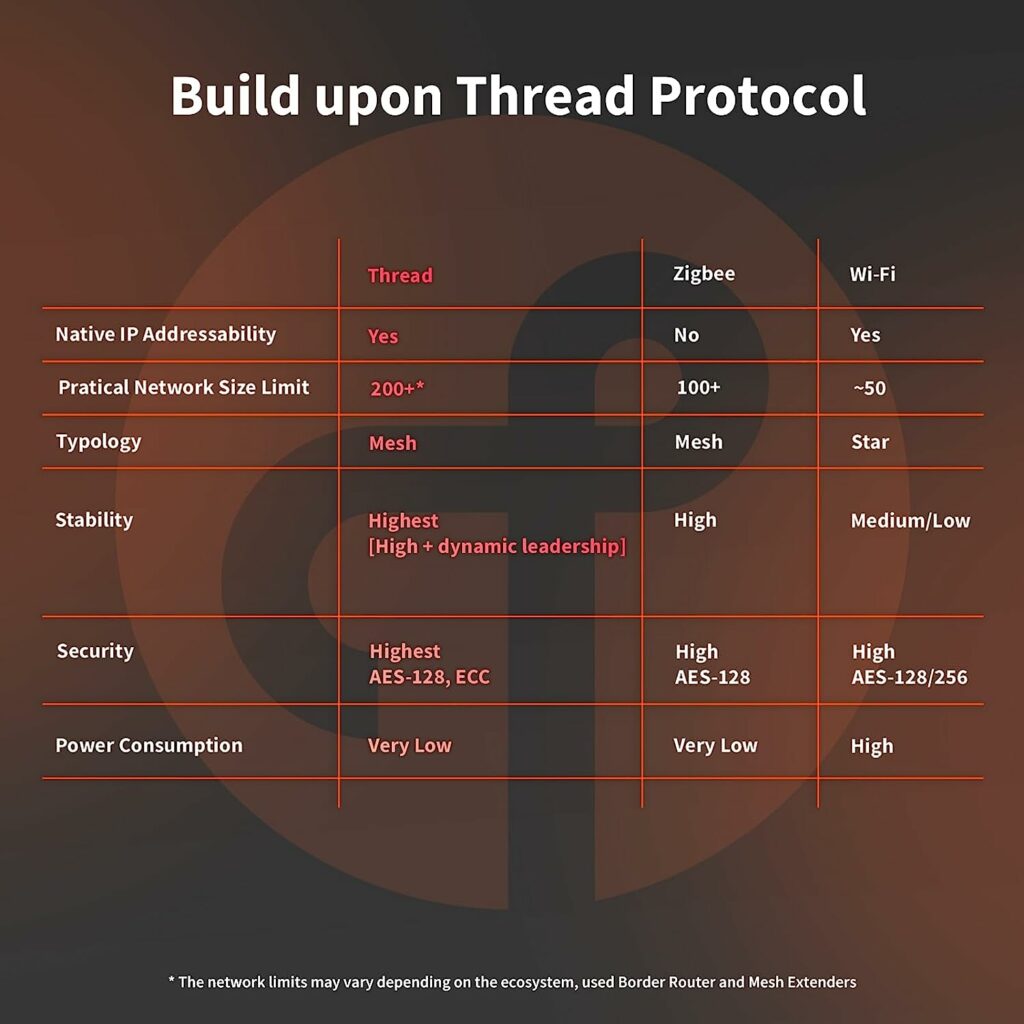
Zigbee and Z-Wave were the main two networking technologies used for consumer-focussed smart home systems. Zigbee seems to have become the most common thanks to affordable systems from the likes of SmartThings and Aqara.
Thread and Matter have been the two next-generation smart home technologies that brands have been promoting for the past year or so. If you are not a big smart home enthusiast, it can be easy to get the two mixed up.
We should, hopefully, see many devices that support both Thread and Matter over the next few years, but a Matter compatible device won’t always work with Thread. Though, it will be more likely that most Thread devices will eventually work with Matter.
One useful analogy I saw on Reddit was:
- Thread is like Zigbee
- Matter is like HomeKit
The integration of Thread and Matter suggests a future where smart home devices from different manufacturers can seamlessly and securely interact on a unified platform. This interoperability would be a significant boon for consumers, reducing the fragmentation currently seen in the smart home market.
Thread vs Zigbee
Thread is led by the Zigbee Alliance (now Connectivity Standards Alliance), which includes brands like Google, Amazon, and Apple. It is, therefore, no surprise that Thread is basically an evolution of Zigbee.
It uses the IEEE 802.15.4 wireless protocol with mesh communication, which is based on the 2.4 GHz frequency band, just like Zigbee.
The big difference is that Thread is IP-addressable, with cloud access and AES encryption. Because Thread is IP addressable, it doesn’t need the same sort of smart hub as Zigbee.
Thread is designed to work with other IP-based protocols, which means that it can integrate with other systems such as WiFi or Ethernet.
| Features | Zigbee | Thread |
|---|---|---|
| Frequency band | 2.4 GHz | 2.4 GHz |
| Range | 10 to 100 neters | 10 to 100 meters |
| Data rate (max.) | 250 Kbps | 250 Kbps |
| Network Topology Type | Mesh | Mesh |
| Power usage | Low | Low |
| Application layer defined | YES | NO |
| IPv6 support | NO | YES |
| Battery life | Few years | Few years |
| Certification Program and Interoperability | End product certification | Stack certification |
| Security | Network wide encryption and authentication through install code | Password based authentication with DTLS (Datagram Transport Layer Security) |
| Cloud integration | Zigbee gateway | Thread border router |
| Latency performance for application packets | Best | Very good |
Thread vs Matter
Matter is a royalty-free, open-source standard for smart home devices. It’s not a networking protocol like Thread but rather a standard for building, accessing, and controlling smart devices.
Matter is based on the Internet Protocol and, therefore, can use any networking standard that implements this. Therefore it not only works with Thread, but many devices will work with Matter over WiFi or Ethernet.
What will hopefully happen is that Thread will serve as the underlying network for devices built to the Matter standard. At least, that’s the plan.
What is a Thread Border Router?
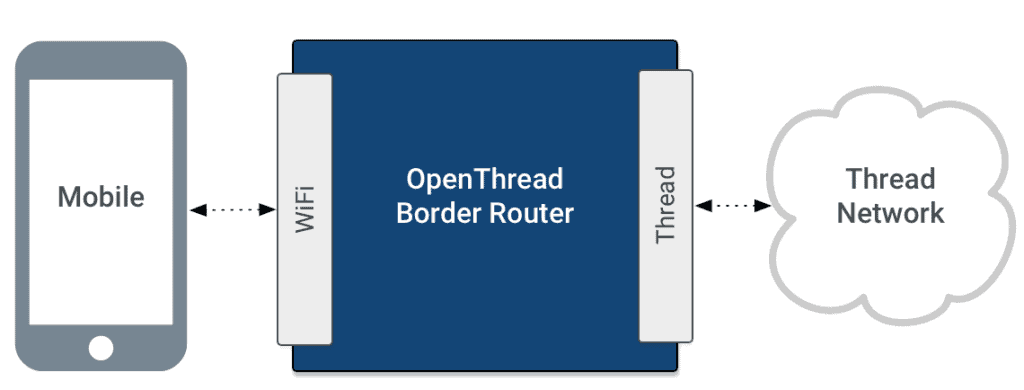
A Thread Border Router (TBR) is a device that connects a Thread network to other IP-based networks, such as WiFi or Ethernet. In doing so, it acts as a bridge, allowing devices within the Thread network to communicate with devices or services on external networks and vice versa.
Any Thread device can interface with any Thread border router, regardless of brand. One key piece of information to highlight is that Thread is a self-healing network. If one of your Thread border routers goes offline, your thread clients can fall back onto another router.
Key Functions
- Gateway to Other Networks: The primary function of a TBR is to serve as a gateway between the low-power Thread mesh network and traditional IP networks (like WiFi or Ethernet). This connectivity ensures that Thread devices can access wider internet services or be controlled from devices not on the Thread network.
- Network Leadership: In a Thread network, the role of a Leader is vital for ensuring network connectivity, managing route cost, and facilitating the addition of new devices. While any Full Thread Device (FTD) can take on this role, a TBR often assumes the Leader role given its typically more stable power source and strategic position as a bridge to other networks.
- Address Translation: The TBR helps in translating addresses between the Thread network and external networks. It ensures that packets are correctly routed to their intended destinations, regardless of which network they originate from.
- Network Data Management: The TBR can store and manage consistent datasets for the Thread network, which helps in configuration and connectivity.
Importance
- Interoperability: With the growing number of smart devices in homes, there’s a need for different devices, possibly from different manufacturers, to communicate seamlessly. The TBR ensures that Thread devices can interact with devices and services on other networks.
- Scalability: For larger Thread networks that might span an entire home or even beyond, having a TBR ensures that devices can efficiently communicate both internally and externally, making the network more scalable and robust.
- Reliability and Redundancy: Multiple TBRs can offer redundancy; if one fails, another can take over its duties, ensuring uninterrupted connectivity.
What Thread Border Routers Are There?
One of the great things about Thread Border Routers, is that you don’t need to buy a specific smart hub that acts as the router. Many popular smart home products work as Thread Border Routers, you may even own one already.
Apple
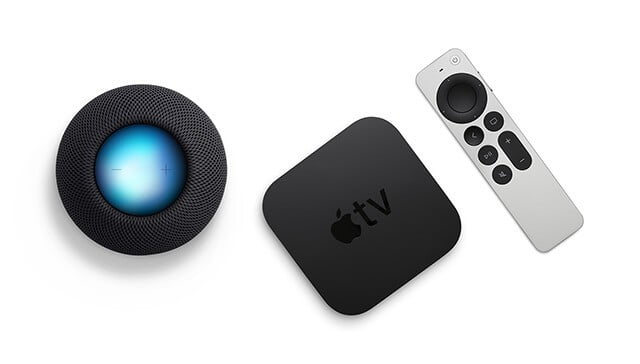
Apple TV 4K (2nd Gen or later)
If you are an Apple user then the Apple TV 4K is a sensible buy, it is arguably one of the best streaming devices on the market and it works as a Thread Border Router.
Apple HomePod Mini
Just like the TV 4K, this is a good buy for any Apple fan. It is a decent Siri-enabled smart speaker that also as a Thread Border Router.
Amazon Echo & Eero
Amazon is a good example of it being easy to get Thread and Matter mixed up.
Currently, the Echo (4th Gen) is the only speaker worth with Thread.
Then the eero Pro 6E, eero 6+, eero Pro 6, and eero 6, eero PoE 6, eero Pro (Wi-Fi 5), and eero Beacon (Wi-Fi 5) all support Thread border routing and are Thread 1.3.0 compliant.
Amazon then supports Matter on second-generation Echo, Echo Plus, and Echo Dot devices, but these don’t have Thread.
Google Nest Hubs and Mesh Routers
Many of the Google Nest devices work as a Thread Border Router, including:
- Displays: Nest Hub (2nd gen), Nest Hub Max
- WiFi routers: Nest WiFi Pro (WiFi 6E)
I have previously reviewed the Google Nest WiFi Pro, and it is a decent WiFi router that uses the latest WiFi 6E standard.
Nanoleaf
Nanoleaf has an impressive range of devices that work as Thread Border Routers including:
- Nanoleaf Lines
- Nanoleaf Shapes
- Nanoleaf Elements
SmartThings
Samsung SmartThings upgraded the SmartThings 2018 Hub (IM6001-V3P01) and Aeotec Smart Home Hub with both Matter and Thread. The older SmartThings 2015 Hub (STH-ETH & others) is a Matter controller that supports Matter devices using WiFi/LAN connections but does not contain a Thread router.
Other Brands
These devices are a bit more niche and are either dedicated Thread Border Routers or dongles.
Home Assistant
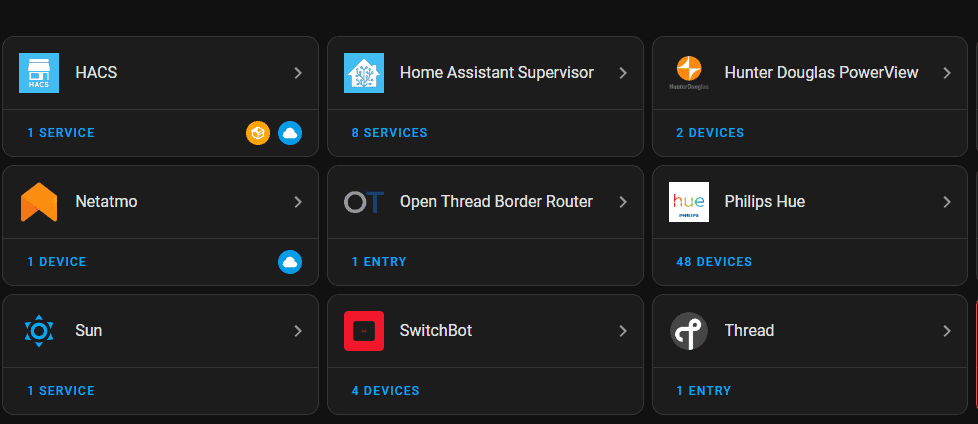
If you use Home Assistant as the main controller for your smart home, they have the SkyConnect USB dongle, which is an affordable way to add both Zigbee/Thread to your Home Assistant.
There is also the Home Assistant Yellow which is a dedicated Home Assistant device, but it is a bit expensive at around £250.
KTBRN1 Thread Border Router
This is a reasonably affordable dedicated device which they state is the world’s first Thread Backbone Border Router, everything you need to connect a wireless Thread Network to other IPv4/IPv6 networks. However, it is out of stock and seems to only go up to Thread v1.2, whereas you’d want Thread v1.3, ideally.
I am James, a UK-based tech enthusiast and the Editor and Owner of Mighty Gadget, which I’ve proudly run since 2007. Passionate about all things technology, my expertise spans from computers and networking to mobile, wearables, and smart home devices.
As a fitness fanatic who loves running and cycling, I also have a keen interest in fitness-related technology, and I take every opportunity to cover this niche on my blog. My diverse interests allow me to bring a unique perspective to tech blogging, merging lifestyle, fitness, and the latest tech trends.
In my academic pursuits, I earned a BSc in Information Systems Design from UCLAN, before advancing my learning with a Master’s Degree in Computing. This advanced study also included Cisco CCNA accreditation, further demonstrating my commitment to understanding and staying ahead of the technology curve.
I’m proud to share that Vuelio has consistently ranked Mighty Gadget as one of the top technology blogs in the UK. With my dedication to technology and drive to share my insights, I aim to continue providing my readers with engaging and informative content.

